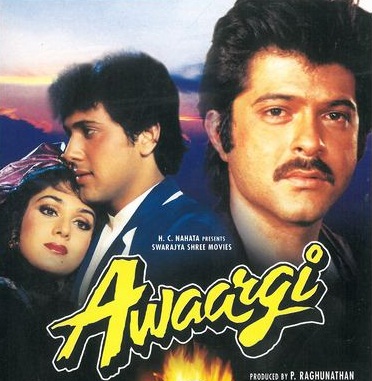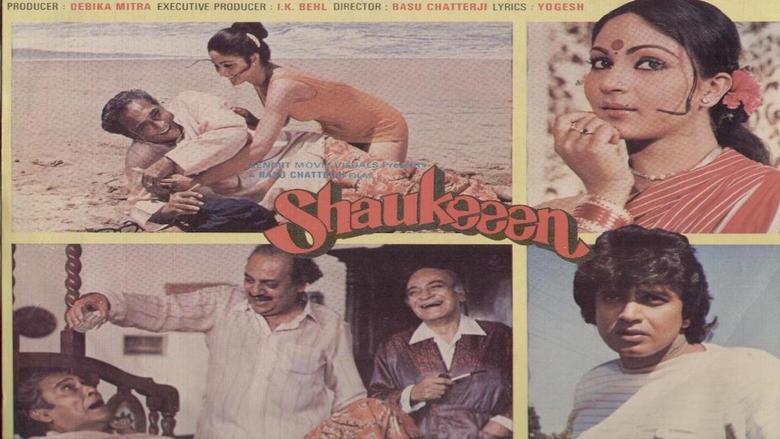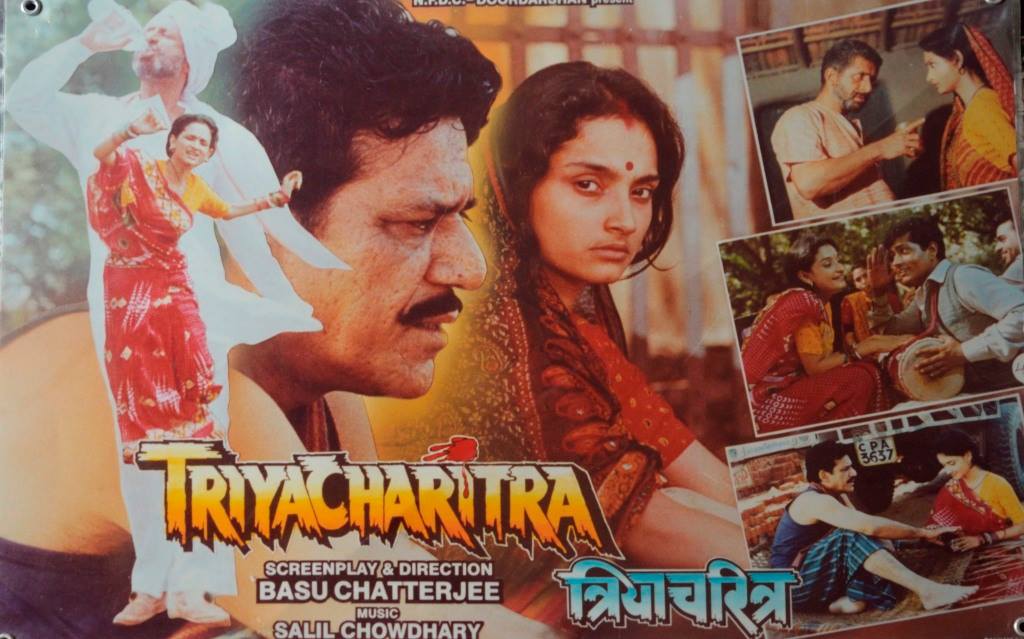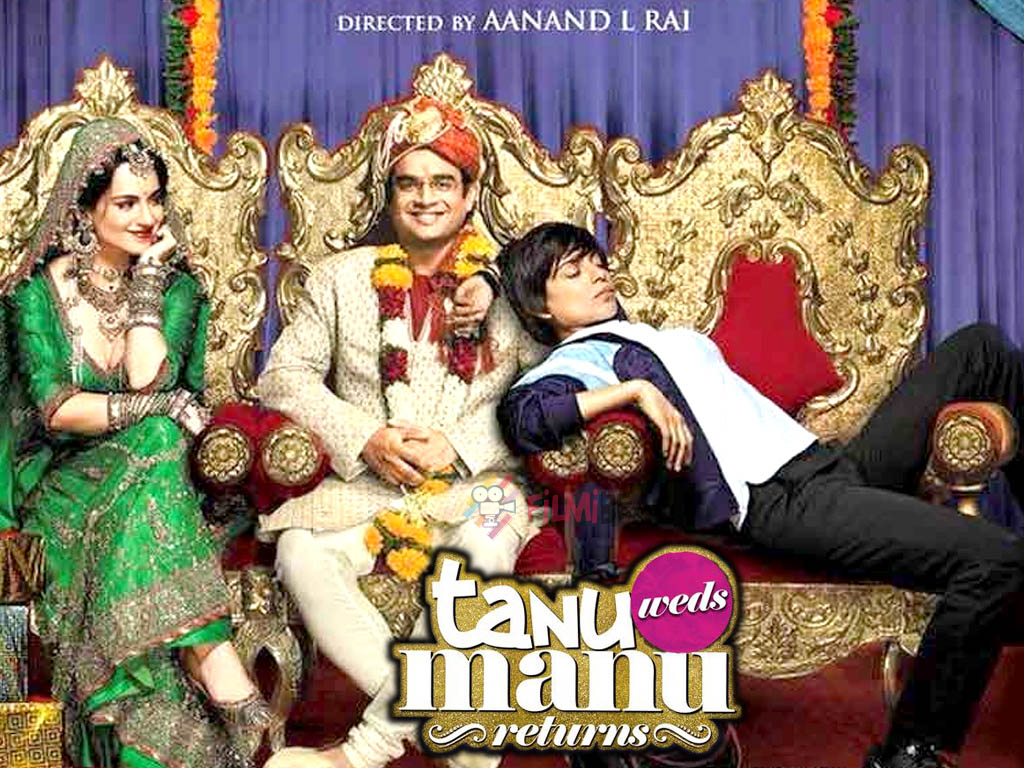Kashyap begins by dropping us in front of the television with ‘Saas Bhi Kabhi Bahu Thi’ playing moments before a bullet shatters the television and over a dozen people let loose their bullets and country-made grenades together with their profanity-spewing tongue. Enter realism. Or the Kashyap version of it.
The gunmen go around bullet-spraying the house liberally from all sides indiscriminately with a clear intention of not leaving anything—walking, slithering, creeping or crawling—alive. They even shoot the walls perhaps to kill the non-living as well. They pump in a thousand rounds or so into a wooden door with their automatic assault rifles, which look so much like the Russian-made Kalashnikovs, and the wooden door manages to hold up.
The leader of the party – Sultan Qureshi – instead of kicking the door open to confirm the casualties – Standard Operating Procedure (SOP) even for SWAT – runs the check electronically in a tech-savvy fashion by calling the cellphone of one of their victims. The phone goes unanswered. All dead, they happily conclude. And the ‘citadel’ is down, Sultan is heard telling his bosses on his way back.
Oddly, the ‘citadel’ they ‘conquered’ without entering was completely unguarded. Sultan’s shock-and-awe meets no resistance. Not a shadow of defence. People with known enemies capable of such firepower do not take the protection of their families as lightly.
That’s Wasseypur of 2004. And when Sultan and his men come across a police barricade and an exchange of fire ensues, the frame freezes and we are pulled out and tossed across decades landing in the ‘Sultana Daaku’ times of the pre-independence era.
Kashyap flings us to pre-1947, then holds us briefly at independence narrating how the end of foreign rule helped Ramadhir Singh, and then drags us forward through decades finally wrapping the first part with the death of Sultan Khan somewhere in early 1990s (the billboard of ‘Maine Pyar Kiya’, released in 1989, provides us the time reference). And despite dragging us from this temporal space to that, the movie floats on the same plane completely failing to catch the changing trends across time.
The movie tries putting on a Bihar-tinted solemn tone of a historical docudrama much like Raju Srivastava puts on Bachchan’s baritone. There are black and white shots of real-life coal mining prior to Indian independence and Kashyap tries ‘easing’ us into the same era with complete loss of continuity resulting in a crude crash-landing, which goes temporarily unnoticed against the overwhelming audio-visual impact of the on-screen violence.
The movie presents itself as a revenge drama with Sardar Khan – ably played by Manoj Bajpayi – vowing to not grow his hair until he has avenged his father’s murder arranged by Ramadhir Singh when he gets to know of it. But the ferocious vengefulness, which is a conceptually indispensable part of the revenge sagas, is glaringly conspicuous in its complete absence. But that’s just one of the countless, unpardonable cinematic inconsistencies that the movie is infested with.
 On another occasion the voice-over informs us that coming to know how his father died was a life-changing experience for Sardar Khan, who suddenly ‘grows up’ and vows revenge. And instead of a fearsome, bloodthirsty killer out for vengeance we see a lecherous goon, who robs petrol pumps and squats, and divides the rest of his time between bedding prostitutes and lusting after married and unmarried women (“ Saadi ho gaya tumharaa? Itna badi ho gayi ho… lao bojha utha lein tumhara .”).
On another occasion the voice-over informs us that coming to know how his father died was a life-changing experience for Sardar Khan, who suddenly ‘grows up’ and vows revenge. And instead of a fearsome, bloodthirsty killer out for vengeance we see a lecherous goon, who robs petrol pumps and squats, and divides the rest of his time between bedding prostitutes and lusting after married and unmarried women (“ Saadi ho gaya tumharaa? Itna badi ho gayi ho… lao bojha utha lein tumhara .”).
What does Sardar Khan do to ‘destroy’ Ramadhir Singh except for looting his petrol pumps and openly challenging his dominance once in a while? Where is the plan to undo Ramadhir Singh? How does he plan to make him suffer? His shaven head – unlike Draupadi’s open hair – is not a taunting reminder of his unfulfilled vow. He wears his baldness around like a cult ‘hairdo’. He robs Ramadhir’s petrol pump like any robber would, and does not even burn it down, when he easily could, to make it hurt. Where is the vengefulness? Sardar Khan, for all practical purposes, acts like any ambitious rival of Ramadhir Singh would.
Then we have Sultan Qureshi, a ruthless butcher who personally chopped so many buffaloes as a kid, the voice-over informs, and still chopped quite a handsome number, which made him the most feared one of and by the Qureshis. Shouldn’t he then be more scary to the buffaloes than to men?
Anyway, let’s grant that to the big-butcher Qureshi, human beings are just as much of slaughter-worthy animals as the buffaloes he kills, which is why Kashyap sends a police constable scavenging the waste carcasses to find a human finger and then be threatened by a menacingly grinning Sultan holding a big butcher knife held to the policeman’s throat. Sufficiently scared, the khaki-man is let go of with his proverbial tail between his legs after dropping the human finger where he found it.
During the entire sequence from the constable’s discovery of the finger to his departure from the scene, Kashyap keeps the butchered carcass of a buffalo in the background in nearly every single frame of the sequence with all the blood and flesh scattered around like a flesh-cushioned, crimson carpet. Even the close shots with Sultan speaking tend to maintain the gory background. Bravo Kashyap! Some serious realism there.
But not much later, when the Qureshis decide to marry one of their daughters to Sardar’s eldest son—Danish—and end the long-standing enmity, the mighty, fearsome, big-butcher Qureshi is conveniently locked up with his pistol emptied, and all he is left behind to do is yell his expletive-peppered disagreement through a window, which nobody is bothered to even listen, let alone heed. Dead against the alliance, just before the ‘niqaah’ he whispers to the bride—his sister — that she shouldn’t ‘ qubool ‘ the marriage, and if she did, he would kill her. She listens to the ‘fearsome’ big-butcher, and swallows it all effortlessly. We don’t see any dilemma of any sort anywhere. Next, Kashyap shows us into the bedroom of the newly-wed, where the couple are doing their sugar-talk with no mention of the upset big-butcher brother. She simply brushes the ‘threat’ aside like Sultan was a three-year-old wailing for cookie.
The big-butcher Qureshi meets Ramadhir Singh like a scared sheep in for slaughter and turns unflinchingly loyal to him just because Singh has guns to give to him. Is he thirsty for power? But power he already has, if we go by the voice-over. Singh needs his assistance against Sardar Singh. So, if Qureshi is power hungry, and for that reason loyal to Singh, there is more power against Singh with the Qureshi-Khan alliance founded upon Danish’s marriage to the Qureshi girl.
In the absence of any personal bonding between Sultan Qureshi and Singh, which could have explained Sultan’s loyalty, Sultan’s siding with Singh remains completely unexplained and, thus, unconvincing despite being pivotal to whatever little Kashyap has for a plot. Why do we need a voice-over that feeds into our ears what the screen does not display?
Then, towards the end, we have dozens of rounds fired from all sides into a stationary car with Sardar Khan in it. And one of the shooters fires several rounds through the window on the driver’s side where Khan lies supine in a fruitless attempt to save himself from the volley of bullets. The killers leave and Khan emerges from the car, bleeding and has some three to four bullet wounds on the right side of his back, which is consistent with the angle of fire, and there are no exit wounds.
He also has a bullet wound to his temple. And it’s not a bullet graze. The wound suggests that the bullet is in the skull, as there are no exit wounds visible, again (I checked this very carefully as the camera moves around a dying Khan exposing all sides of his head to the viewers).
The nature of the wound is not only inconsistent with the angle of fire, but also with Khan’s being alive and moving. A gunshot to the temple would cause immediate death almost always unless the bullet is deflected by the skull somehow and thus fails to enter the brain, in which case there has to be an exit wound. There is none in this case. And even in the case of a deflection the impact of the bullet would render the person unconscious quite surely. Only and only if the bullet simply grazes the temple and does not hit the skull at all can a person remain conscious at all, and even then it is doubtful in most cases. So, how is Khan up and about, Mr. Kashyap? Suspension of ‘realism’ for the ‘Bihar-Ke-Lala effect’?
Originally published as part of my Movie Review column LEGAL SCANNER in LAWYERS UPDATE [June, 2014 Issue; Vol. XX, Part 6].





